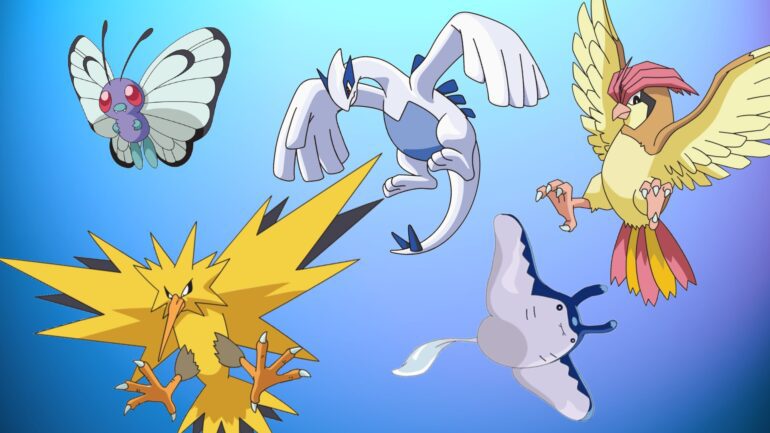TL;DR:
- Peter Whidden’s AI trained for 50,000 hours on Pokémon Red.
- The journey was chronicled in a viral YouTube video with 2.2 million views.
- Whidden shared the AI’s code and instructions, inspiring other enthusiasts.
- The AI’s reinforcement learning model rewards leveling up, exploring, and winning battles.
- Quirky AI failures have added to its charm and appeal.
- The AI sometimes prioritizes curiosity over game progression.
- Traumatic events in-game can influence the AI’s behavior.
- The AI struggles with in-game dialogue interpretation.
- Recent code adjustments led to breakthroughs in navigating challenging game areas.
Main AI News:
Almost a decade ago, the online sensation known as “Twitch Plays Pokémon” brought together over a million participants simultaneously controlling a pixelated avatar in Pokémon Red. Today, as technology continues its remarkable evolution, a new question emerges: Can AI conquer the world of Pokémon?
Over the past few years, Peter Whidden, a software engineer based in Seattle, has dedicated himself to training a reinforcement learning algorithm to master the first game in the Pokémon series. During this time, the AI has logged an astonishing 50,000 hours of gameplay. Whidden chronicled the AI’s development in a 33-minute YouTube video, which, within nine days, garnered a staggering 2.2 million views.
Whidden’s open-sourcing of the code and detailed instructions on operating and training the AI on GitHub have spurred a surge of interest among aspiring creators and designers. One enthusiastic fan successfully applied Whidden’s code to Pokémon Crystal, another beloved retro installment of the Game Boy era.
The AI’s reinforcement model operates on a Pavlovian principle, offering point-based incentives to level up Pokémon, explore new territories, win battles, and conquer gym leaders. Occasionally, these incentives lead the AI down unconventional paths in the game, resulting in quirky and endearing failures that have contributed to the viral success of Whidden’s video.
In one memorable instance, the AI inexplicably halts its progress to gaze at the serene waters of Pallet Town, the game’s starting location, refusing to move forward. It becomes entranced by the animated water, swaying grass, and non-playable characters (NPCs) meandering about, finding novelty in the simplest of moments. Perhaps it’s taking an ethical stance against forcing Pokémon into battle, or it’s just savoring the beauty of the Kanto region. As Whidden points out, it mirrors a paradox found in real life: curiosity leading to significant discoveries while also inviting distractions and challenges.
The AI continues to tug at our heartstrings. In a seemingly traumatic encounter at the Pokémon Center, the AI’s success metric, which is based on the total levels of all Pokémon in its party, takes a severe hit. Button mashing results in one of the Pokémon, Pidgey, being inadvertently deposited into storage, causing the total levels to plummet from 25 to 12. Whidden notes that the AI lacks human emotions but can still form lasting associations with events, especially those with extreme reward or penalty values. Losing a Pokémon once leads to a profound aversion to Pokémon Centers in all future games.
Despite its ability to experience events and admire the game’s aesthetics, the AI remains, at its core, a computer program. It cannot comprehend in-game dialogue, leading to challenges in early iterations where it struggled to backtrack and deliver an item to the Pokémon Professor in Pallet Town. To address this, Whidden modified the game to start after the item delivery, with Squirtle as the AI’s starter Pokémon, making the early game more manageable.
In Whidden’s video, the AI’s progress extended to Mt. Moon, located between the first and second gym. Navigating caves in early Pokémon games is a notorious challenge, even for human players. However, recent adjustments to the code and the implementation of a different learning algorithm allowed the AI to overcome this obstacle and reach Cerulean City.
While AI’s application in gaming has been explored before, such as DeepMind’s AlphaGo defeating a professional Go player, Peter Whidden’s video stands out for his ability to elucidate complex concepts within the familiar context of Pokémon.
Conclusion:
Peter Whidden’s AI experiment, with its 50,000 hours of Pokémon Red gameplay, highlights the potential for reinforcement learning algorithms in gaming. The viral success and engagement of the AI’s journey indicate a strong market interest in AI-driven gaming experiences and the potential for further innovations in this space. Businesses should closely monitor developments in AI-driven gaming as it could open new avenues for user engagement and entertainment.

